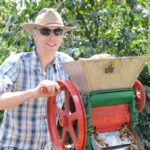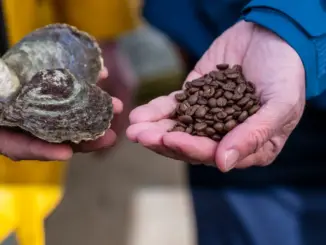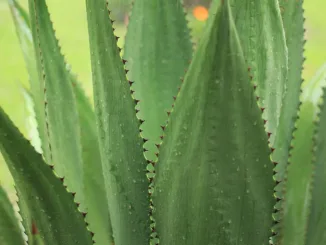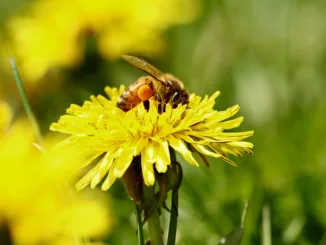
In the June/July issue, we reported on a new program sponsored by Monin called Syrup to Bees where out-of-date syrup is being used as honey bee food to help support colonies struggling with Colony Collapse Disorder (CCD). CCD has affected bee colonies around the world and apiarists (people who raise bees and collect honey) have reported as much as 30 percent of their hives dying each year. The way this impacts coffee and all of us is that bees are one of the great pollinators of the world, and in particular European honey bees have been the go-to commercial pollinators for some time now. The European honey bee, however, has been the species hardest hit by CCD.
Now, the Seattle Times is reporting that there are promising signs for bee populations rebounding, particularly in North America among some of the 3,000 other species of bees. This is undoubtedly good news, and here’s some other good news for those of us (like me) who don’t enjoy mowing the lawn. Many species of bees depend on different types of plants for food, and some of those will grow right there in your lawn if only you let them. There are species of bees, for example, that love clover and dandelions, so if you see either of those plants growing in your yard, you can let them flower (for the bees of course not because you’d rather not do yard work.) Also there are species of bees that live in burrows in the ground, so you can avoid disturbing them by again not mowing. And hey, that’s all I needed to hear, I can do my part by letting the plants grow. Right on.
You can find out more about how to provide food, cover and habitat for bee populations here.




